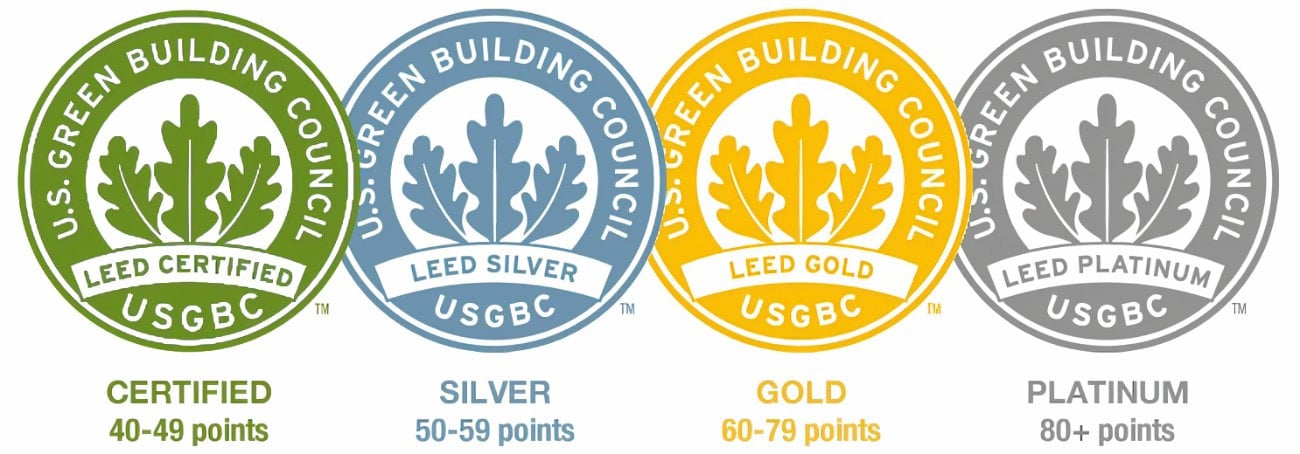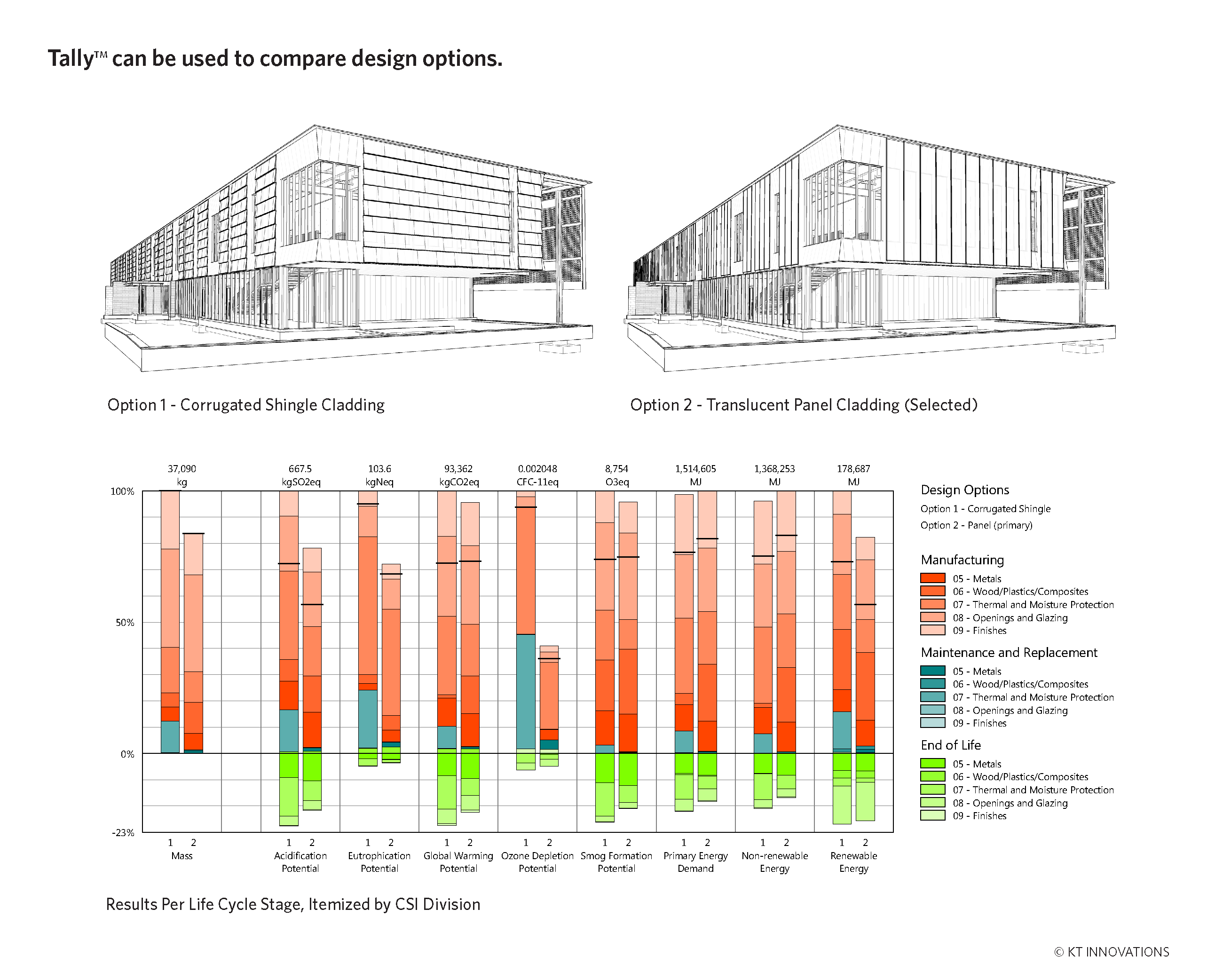Green Building Certification Systems

Introduction: Why Certification Matters
Green building certifications have become essential tools for architects to validate sustainability efforts, meet regulatory requirements, and satisfy client demands. For recent graduates entering the profession, understanding these systems—LEED (Leadership in Energy and Environmental Design), BREEAM (Building Research Establishment Environmental Assessment Method), and the Living Building Challenge (LBC)-is critical for career readiness and project credibility.
Why This Matters for New Architects
- Career Advantage: Firms prioritize hires with certification expertise (e.g., LEED GA or BREEAM Associate credentials).
- Regulatory Compliance: Many governments incentivize or mandate certified buildings (e.g., NYC’s Local Law 97).
- Market Differentiation: Certified buildings command higher rents/sale prices (studies show 7–10% premiums).
In This Guide:
✔ Key differences between LEED, BREEAM, and LBC
✔ Real-world case studies of certified projects
✔ Step-by-step certification workflows
✔ Common pitfalls and how to avoid them
Theoretical Foundations: Core Principles
LEED (US-Global Focus)
- Developed by: U.S. Green Building Council (USGBC) in 2000.
- Key Principles: Energy efficiency (e.g., HVAC optimization), water conservation, and indoor air quality.
- Rating Levels: Certified (40–49 pts), Silver (50–59), Gold (60–79), Platinum (80+).
BREEAM (UK-EU Focus)
- Developed by: BRE Global in 1990 (oldest system).
- Key Principles: Lifecycle assessment, ecological impact, and operational performance.
- Rating Levels: Pass (≥30%), Good (≥45%), Very Good (≥55%), Excellent (≥70%), Outstanding (≥85%).
Living Building Challenge (Most Rigorous)
- Developed by: International Living Future Institute (ILFI) in 2006.
- Key Principles: Net-zero energy/water, non-toxic materials, and social equity.
- Certification: Must meet all 20 "Imperatives" (no partial certification).
Key Term: Embodied Carbon – CO₂ emissions from material production/transport (critical for LBC).
Practical Applications: Case Studies
LEED Platinum: The Edge, Amsterdam (PLP Architecture)
- Strategies: Smart lighting (28,000 sensors), rooftop solar, and rainwater reuse.
- Result: 98% energy reduction vs. conventional offices.
BREEAM Outstanding: One Angel Square, Manchester (3DReid)
- Strategies: Combined heat/power plant, double-skin façade, and 100% recycled steel.
- Challenge: Balancing heritage preservation with modern efficiency.
Living Building Certified: Bullitt Center, Seattle (Miller Hull Partnership)
- Strategies: Composting toilets, 575-day energy performance audit, and FSC-certified wood.
- Lesson: LBC requires post-occupancy verification for 12 months.
Technical Considerations
LEED v4.1 Credits
- Energy (33% of points): Must meet ASHRAE 90.1-2019.
- Materials (15%): Use products with EPDs (Environmental Product Declarations).
BREEAM’s Mat 01 Criteria
- Requires lifecycle assessment (LCA) for structural materials.
LBC’s Red List
- Bans 22 toxic chemicals (e.g., PVC, formaldehyde) in all materials.
Tip: Use Tally (Revit plugin) to automate material tracking for certifications.

Implementation GuideStep 1: Pre-Assessment
- Pick the Right System:
- LEED for flexible, market-driven projects.
- BREEAM for EU-based or government projects.
- LBC for ultra-sustainable, experimental builds.
- Engage a Consultant Early (for complex projects).
Step 2: Design Phase
- Model Energy Use: Use Sefaira or IESVE to predict performance.
- Document Materials: Collect EPDs, Health Product Declarations (HPDs).
Step 3: Construction
- Audit Materials: Ensure Red List compliance (LBC) or recycled content (LEED/BREEAM).
Step 4: Post-Occupancy
- Monitor Performance (critical for LBC).
Common Mistakes and Solutions
| Mistake | Solution |
|---|---|
| Choosing the wrong certification for project scope | Use LEED for renovations, BREEAM for EU clients, LBC for net-zero goals |
| Underestimating documentation needs | Assign a team member to track credits full-time |
| Ignoring regional variations | Adapt to local climate codes (e.g., LEED Tropical applies to Southeast Asia) |
Pro Tip: LEED Online and BREEAM’s Extranet streamline documentation.
Resources and Tools
Software
- LEED: Arc Skoru for performance tracking.
- BREEAM: BREEAM USA Adapt for local compliance.
Learning
- The Integrative Design Guide to Green Building (7 Group).
- USGBC’s LEED Green Associate Exam Prep.
Organizations
- International Living Future Institute (ILFI).
- BRE Global.
Conclusion: Start Small, Think Big
As a new architect:
- Get Certified: LEED GA is the easiest entry point.
- Advocate: Push for certification on at least one project annually.
- Collaborate: Work with contractors early to avoid costly revisions.
Your First Step: Run a free LEED scorecard on your latest studio project using USGBC’s Rating